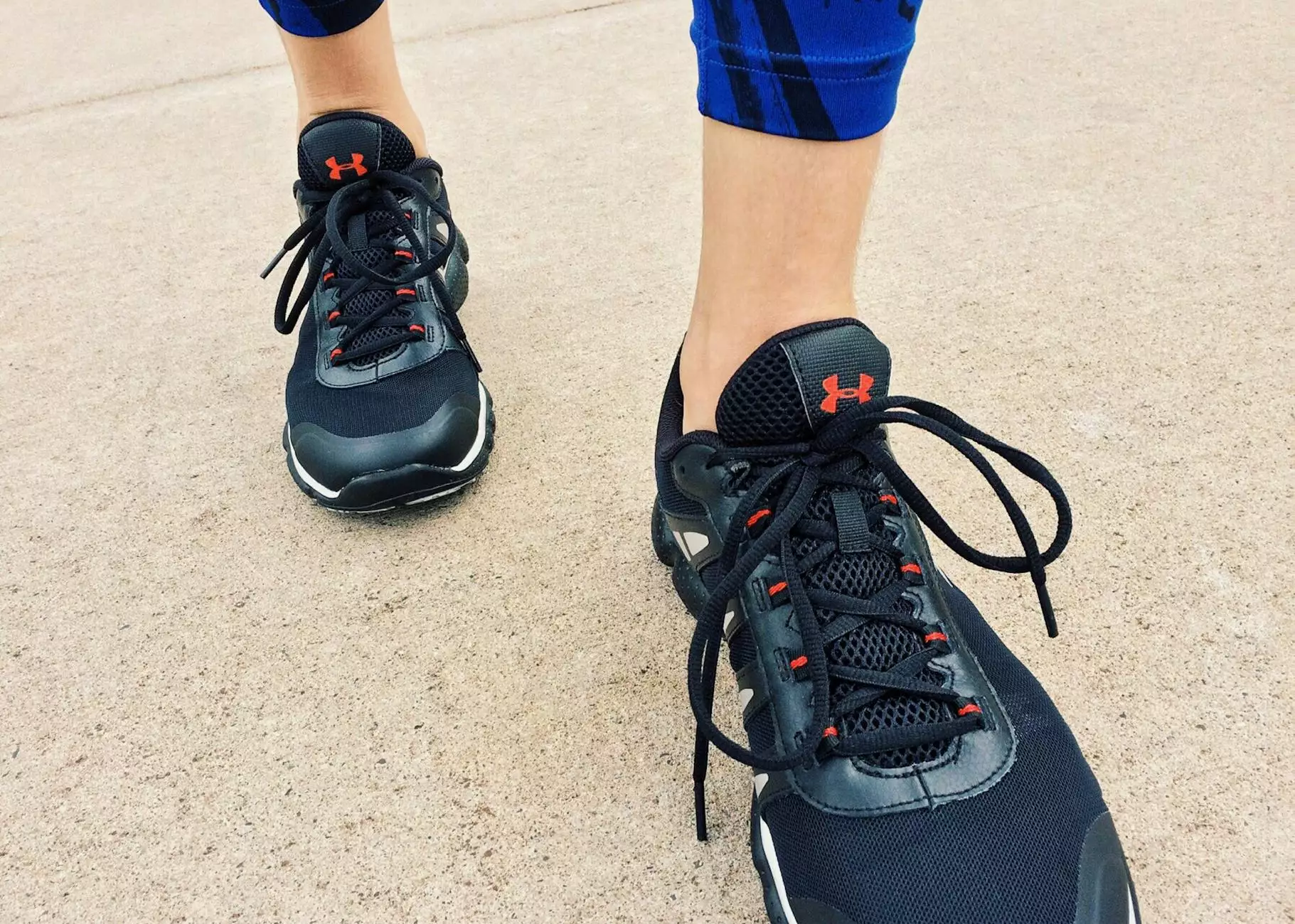Signs of a Blood Clot in Your Leg: Understanding the Risks and Symptoms

What Is a Blood Clot?
A blood clot is a gel-like mass that forms when blood cells and proteins stick together to stop bleeding. This process is essential for wound healing. However, when a clot forms inappropriately, it can lead to serious health issues. A blood clot in your leg, known as deep vein thrombosis (DVT), can cause severe complications if it dislodges and travels to your lungs.
Understanding Deep Vein Thrombosis (DVT)
DVT occurs primarily in the deep veins of the legs. It can be asymptomatic or present with noticeable symptoms. Recognizing the signs of a blood clot in your leg is crucial for timely intervention and treatment.
Common Signs and Symptoms of a Blood Clot in Your Leg
1. Swelling
One of the most common signs of a DVT is swelling in one leg. The affected leg may appear noticeably larger than the other. This swelling is caused by the accumulation of fluid due to the blockage of blood flow.
2. Pain or Tenderness
If you have a blood clot, you may experience pain or tenderness in the leg, particularly when standing or walking. This pain may feel like cramping or soreness and typically occurs in the calf or thigh.
3. Change in Skin Color
The skin over the affected area may change color, becoming red or bluish. This discoloration is due to the lack of proper blood flow and can be a significant indicator of a blood clot.
4. Increased Warmth
A blood clot may lead to increased warmth in the affected leg due to inflammation. If you notice that one leg feels warmer than the other, it may be time to consult a medical professional.
5. Visible Surface Veins
In some cases, you may see superficial veins that are more prominent or engorged in the affected leg. This can be a sign of a blockage in the deeper veins.
Risk Factors for Developing Blood Clots
Various factors can increase the risk of developing a blood clot in your leg, including:
- Prolonged Immobility: Sitting or standing for long periods, such as during travel or due to sedentary lifestyles, can increase the risk.
- Medical Conditions: Certain conditions, such as cancer, heart disease, and autoimmune disorders, can elevate the risk.
- Hormonal Factors: Hormonal therapy, including birth control pills, can increase the likelihood of blood clots.
- Obesity: Excess weight places more pressure on veins and increases clot risk.
- Recent Surgery or Injury: Surgical procedures, especially orthopedic surgeries, and injuries can trigger clot formation.
- Age: The risk of blood clots increases with age, particularly for those over 60.
How Is a DVT Diagnosed?
If you exhibit the signs of a blood clot in your leg, it is essential to seek medical attention. Healthcare providers may use several methods to diagnose DVT:
- Physical Examination: A doctor will assess symptoms and perform a physical examination of your legs.
- D-dimer Test: A blood test that measures the presence of a substance released when a blood clot dissolves.
- Ultrasound: This imaging technique is commonly used to visualize blood clots in the veins.
- CT or MRI Scans: Imaging tests may be ordered for a more detailed view if a clot is suspected in the pelvis or abdomen.
Treatment Options for Blood Clots
Treatment for a blood clot in your leg aims to prevent the clot from growing, prevent new clots from forming, and reduce complications. The treatment may include:
1. Anticoagulants
Commonly known as blood thinners, these medications help to prevent new clots from forming and help existing clots dissolve over time. They are a cornerstone of DVT treatment.
2. Thrombolytics
Thrombolytics are medications that rapidly dissolve clots. They are typically used in more severe cases but come with higher risks of bleeding.
3. Compression Stockings
These specialized stockings help to compress the leg and reduce swelling. They promote healthy blood flow and provide support during recovery.
4. Inferior Vena Cava (IVC) Filter
In some cases, a healthcare provider may recommend placing an IVC filter, which helps prevent clots from traveling to the lungs in high-risk patients.
5. Lifestyle Changes
Engaging in regular physical activity, maintaining a healthy weight, and adopting behaviors to improve circulation can significantly reduce the risk of developing future blood clots.
Preventing Blood Clots
Prevention is always better than cure. Here are essential strategies to minimize the risk of blood clots:
- Stay Active: Regular exercise improves circulation and reduces the risk of clot formation.
- Hydrate: Drinking enough fluids helps maintain adequate blood volume and viscosity, promoting circulation.
- Avoid Prolonged Immobility: If traveling long distances, take breaks to stretch and move around.
- Wear Compression Stockings: Especially during long flights or if you have a history of DVT.
- Follow Medical Advice: If you’re at high risk, adhere to your healthcare provider's recommendations regarding medication and lifestyle modifications.
When to Seek Medical Attention
If you experience any of the signs of a blood clot in your leg, it’s imperative to seek medical care immediately. Early treatment can significantly improve outcomes and reduce the risk of complications such as pulmonary embolism, which occurs when a clot travels to the lungs and can be life-threatening.
The Importance of Regular Health Checkups
Finally, maintaining regular health checkups is crucial for early detection and prevention of blood clot-related complications. Discuss your risks with your healthcare provider and make a plan that’s right for you.
For more information on vascular health and blood clots, visit trufflesveinspecialists.com.









